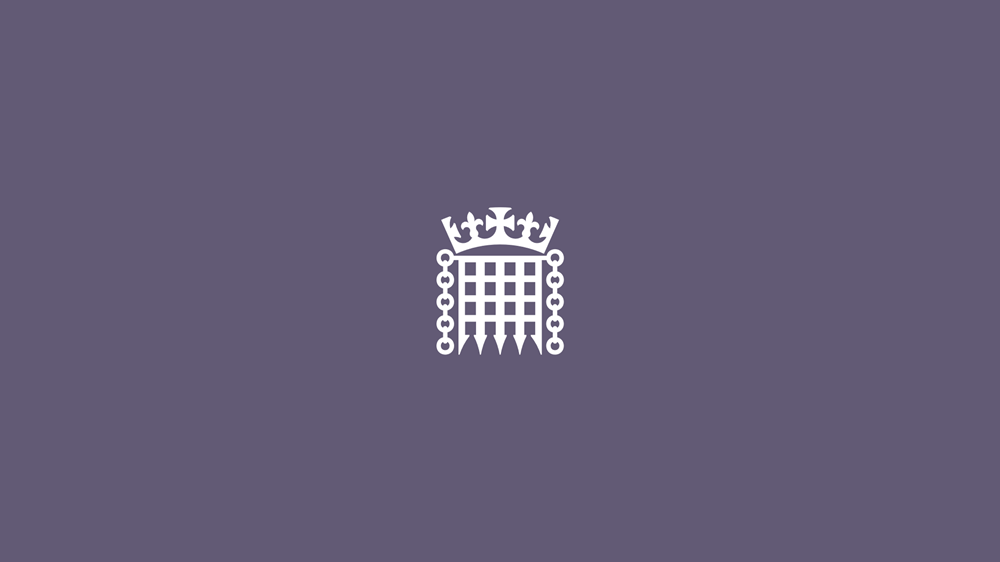Report on improving Sites of Special Scientific Interest
7 July 2009 (updated on 22 April 2010)
Public Accounts Committee report examines the steps taken by the Department for Environment, Food and Rural Affairs and Natural England to conserve sites and raise public awareness of Sites of Special Scientific Interest (SSSIs), and the related costs of bringing sites into target condition
- Report: Defra: Natural England's role in improving Sites of Special Scientific Interest
- Public Accounts Committee
Edward Leigh MP, Chairman of the Committee of Public Accounts, today said:
"All those who love England’s wildlife and natural habitats will welcome the news that the reported condition of England’s Sites of Special Scientific Interest has improved markedly against the government’s target. But the news is not as good as it sounds. The target allows for sites simply to be in a 'recovering' condition which can be far short of a 'favourable' condition. The Department and Natural England must do more to manage and monitor the progress of recovering sites.
"It hardly inspires confidence that Natural England’s performance in managing sites is based on out of date information and incomplete records. There are inconsistencies between sites in the information recorded. And, at June last year, the condition of a quarter of all sites had not been checked for a full six years.
"What is needed now is for the Department and Natural England to establish a programme and detailed plan for moving all sites into a favourable condition. That plan should be used to produce reliable financial forecasts and to prioritise actions annually based on the available funding.
"The natural environment is changing and so Natural England must also review its classification of existing sites to find out whether they still provide the most valuable conservation opportunities; to declassifying them where necessary; and to finding and designating new sites."
Mr Leigh was speaking as the Committee published its 34th report of this Session which, on the basis of evidence from Department for Environment, Food and Rural Affairs (the Department) and Natural England, examined the steps taken to conserve sites and raise public awareness of SSSIs, and the related costs of bringing sites into target condition.
A Site of Special Scientific Interest (SSSI) is an area of land containing habitats and wildlife which are of national or international importance. There are over 4,000 SSSI sites in England, many of which were first designated over 60 years ago. SSSIs have been afforded legal protection since 1949, mainly through restrictions on activities and development which would adversely affect the sites. This protection has helped conserve habitats and wildlife in England, which would otherwise be at risk of extinction. Natural England, a non-departmental public body of the Department, is responsible for identifying and overseeing SSSIs, within the Department’s overall responsibility for conserving and enhancing the natural environment.
In 2000, the Department agreed a Public Service Agreement (PSA) target to bring 95 per cent of SSSI land area into a 'favourable' or 'recovering' condition by December 2010. The reported condition of sites has increased from 52 per cent of land area in target condition in December 2002 to 86 per cent in February 2009. Sites in recovery may take many years to reach favourable condition. The programme of SSSI condition assessments is not up-to-date and there is insufficient quality control to ensure that all assessments have been undertaken in accordance with national guidance. Natural England has put in place a programme of work to address the backlog of assessments by 2010, and has introduced quality assurance systems and guidelines to improve the consistency of its record keeping.
Until 2007, the Department did not have an estimate of how much it would cost to deliver the PSA target on SSSI condition. Between 2003 and 2006, Natural England developed a national database to record the condition of sites and the work required to bring them into favourable condition. Public expenditure on SSSIs has more than doubled over the past eight years, from £35.6 million a year in 2000–01 to £85.4 million in 2008–09. There has been no assessment of the cost of conserving SSSIs beyond 2010, although estimates by the Department anticipate an ongoing commitment of around £96 million a year. The estimates may, however, be inaccurate as around a third of sites do not have complete descriptions of the works required to bring them into good condition.
Financial incentives to encourage private landowners to conserve sites account for some 58 per cent of public expenditure. Some sites, however, continue to decline and Natural England has not been proactive in exercising its powers to take legal action against those landowners who persist in managing their land in a way which damages the habitat and wildlife.
Many sites are open to the public, but the public is often unaware of the recreational and environmental benefits of SSSIs. There is also low awareness of the statutory obligations in place to protect SSSIs and Natural England’s decisions in respect of planning permissions and other actions to conserve SSSIs are not widely understood.
There is scope to improve the processes for identifying new sites and declassifying existing ones which are no longer of special interest. The changing natural environment means that some sites may no longer contain important habitats and species, while new sites may need protection. In the future it may be important to provide natural corridors along which species can move between habitats as the climate and the environment change.
